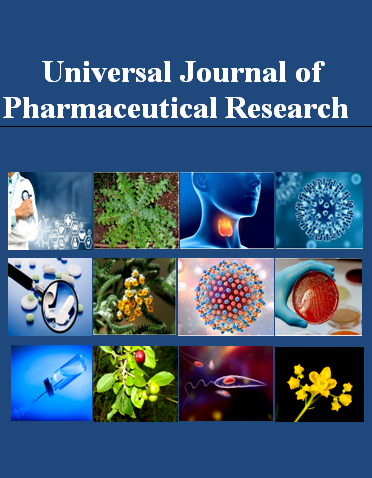PRIMARY STABILITY FOR SHORT DENTAL IMPLANT WITH DEEP THREADED IN POSTERIOR MAXILLA DURING EARLY HEALING PERIOD
Keywords:
Implant stability quotient, insertion torque, posterior maxilla, primary stability, resonance frequency analysis, short dental implantsAbstract
Background and aim: Because they provide a dependable way to replace lost teeth and restore both function and appearance, dental implants have completely transformed the profession of restorative dentistry. These artificial tooth roots, which are usually composed of titanium, are placed into the mandible to support crowns, bridges, or dentures. The study's objective was to assess the main stability of a short, deep-threaded dental implant in the posterior maxilla during the early healing phase. It focused on the correlation between the values of the implant stability quotient (ISQ) and insertion torque (IT).
Methodology: A prospective clinical study was conducted on 20 patients requiring posterior maxillary implants. Short implants (Ø4 × 7 mm) were placed using the Megagen Any Ridge system. Primary stability was assessed by measuring IT at insertion and ISQ via resonance frequency analysis (RFA) at baseline and weekly for four weeks. Variables such as bone density, age, gender, and implant site distribution were also recorded.
Results: Implants with moderate IT (26–35 Ncm) maintained stable ISQ values (50–65), suggesting optimal primary stability. Low IT (15–25 Ncm) implants showed gradual improvement in ISQ (from 45 to 64), whereas resulted high IT (36–45 Ncm in gradually decrease in ISQ (from 65-52). Bone density was predominantly D3 (50%) and D4 (40 %). No significant correlation was found between IT and ISQ over time (Spearman’s rho: 0.20–0.55, p> 0.05).
Conclusion: Short, deep-threaded implants placed with moderate insertion torque provide optimal primary stability in the posterior maxilla. Excessive torque increases the risk of loose the stability. Regular ISQ monitoring is recommended during the healing phase to guide clinical decision-making.

Peer Review History:
Received 4 August 2025; Reviewed 11 September 2025; Accepted 18 October; Available online 15 November 2025
Academic Editor: Prof. Dr. Gorkem Dulger , Duzce University, Turkey, gorkemdulger@yandex.com
, Duzce University, Turkey, gorkemdulger@yandex.com
Reviewers:
 Dr. Kingsley C Anukam, University of Benin, Nigeria, kanukam@gmail.com
Dr. Kingsley C Anukam, University of Benin, Nigeria, kanukam@gmail.com
 Dr. Liliya Logoyda, Horbachevsky Ternopil State Medical University, Ukraine, logojda@tdmu.edu.ua
Dr. Liliya Logoyda, Horbachevsky Ternopil State Medical University, Ukraine, logojda@tdmu.edu.ua
Downloads

Published
How to Cite
Issue
Section
Copyright (c) 2025 Universal Journal of Pharmaceutical Research

This work is licensed under a Creative Commons Attribution-NonCommercial 4.0 International License.









 .
.